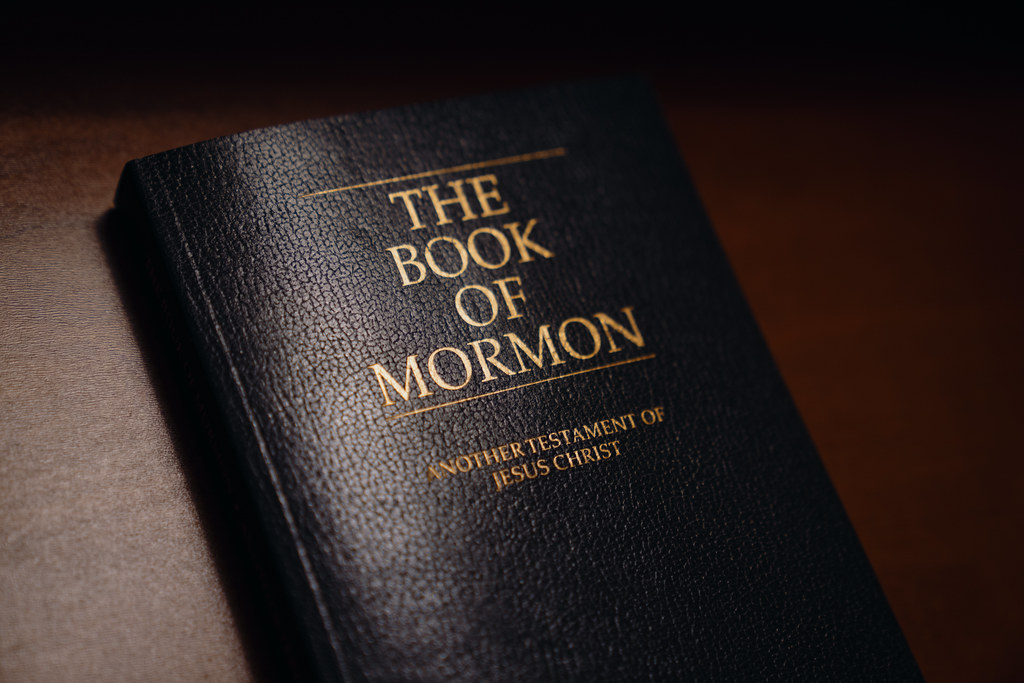
Plates of Gold
The Book of Mormon, a sacred text in the Latter-day Saint tradition, has been a subject of scholarly inquiry regarding its historicity and origins. It purports to be an ancient record of the inhabitants of the American continent and their interactions with God. This essay explores the scholarly opinions surrounding the historicity of the Book of Mormon, examining various perspectives and theories put forth by researchers.
Historical Context and Narrative:
The Book of Mormon claims to depict the ancient civilizations of the Nephites, Lamanites, and Jaredites, who lived in the Americas during different time periods. According to its narrative, these groups had
religious experiences, wars, and interactions with God, all recorded on golden plates by ancient prophets. The book's translator, Joseph Smith, asserted that he received these plates from an angelic being and
translated them by the power of God.
Scholarly Perspectives:
Scholars and researchers have approached the historicity of the Book of Mormon from different angles. Some adherents of the Latter-day Saint faith believe in its historical authenticity, considering it a genuine
ancient record. However, many non-Mormon scholars and critics have raised questions and offered alternative explanations for its origins.
Criticism and Alternative Theories:
One prominent viewpoint among critics is that the Book of Mormon was a product of Joseph Smith's imagination rather than an ancient historical document. Skeptics argue that Smith drew inspiration from various
sources prevalent during his time, including the King James Bible, contemporary religious ideas, and the prevailing fascination with Native American civilizations. They propose that Smith's translation process
involved creative storytelling rather than direct translation from an ancient language.
DNA and Archaeological Evidence:
Another area of scrutiny relates to DNA and archaeological evidence. Some researchers have examined the genetic markers of Native American populations, seeking to find connections to ancient Israelites as claimed
in the Book of Mormon. The prevailing scientific consensus is that there is no substantial genetic evidence supporting this narrative. Similarly, archaeological findings in the Americas have not provided
compelling evidence for the civilizations described in the book.
Reconciliatory Perspectives:
While the majority of scholarly opinions lean towards skepticism regarding the historicity of the Book of Mormon, there are those who propose more nuanced interpretations. Some scholars argue that the book should
be understood as a work of inspired religious fiction rather than a literal historical account. They suggest that it carries moral and spiritual truths rather than precise historical details.
Conclusion:
The historicity of the Book of Mormon remains a topic of debate among scholars and researchers. While adherents of the Latter-day Saint faith embrace it as a genuine ancient record, many outside the faith
question its origins and authenticity. Skeptics highlight discrepancies with scientific findings and propose alternative explanations for its creation. Ultimately, the historicity of the Book of Mormon is a
matter of personal belief and interpretation, and individuals are encouraged to engage with scholarly research to form their own informed perspectives.